Is Toddler Gymnastics Good for Physical Development?
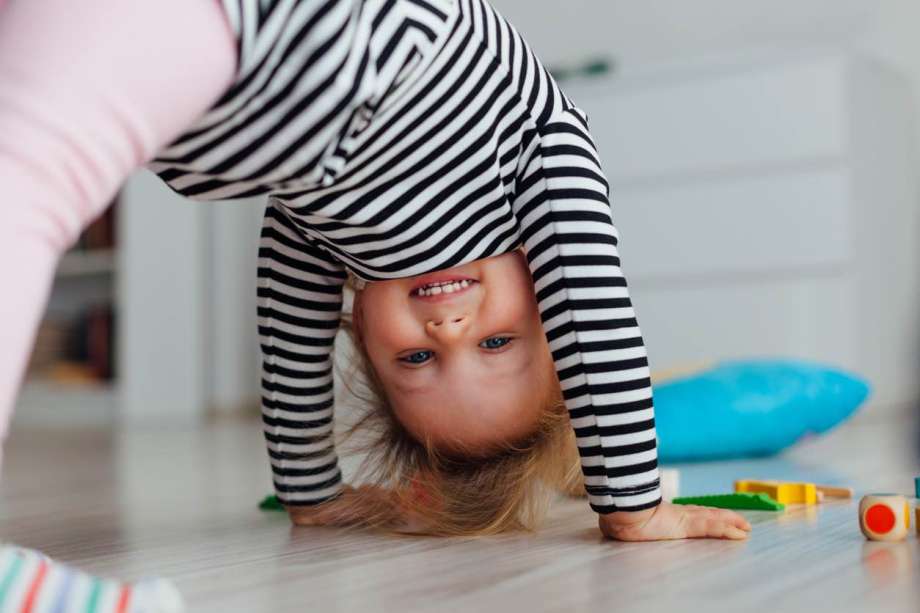
Children accomplish more milestones from ages 1 to 4 than at any other time in their life. From walking, to jumping, to balancing, physical activity is the best way to encourage the development of gross motor skills from an early age. As a result, many parents opt for recreational sports and extracurricular activities, including gymnastics classes. In fact, the Nationwide Children's Hospital states, “More than 600,000 children participate in school-sponsored and club-level gymnastics competitions annually in the United States.” Gymnastics is a popular activity that continues to attract more young girls and boys every day.
However, many parents are curious about the physical benefits of gymnastics for toddlers and are also concerned about the potential risks. So, we’re addressing the most popular questions about toddler and preschool gymnastics. Here’s everything you need to know to decide if gymnastics is right for your child.
What to Consider When Putting Your Toddler in Gymnastics
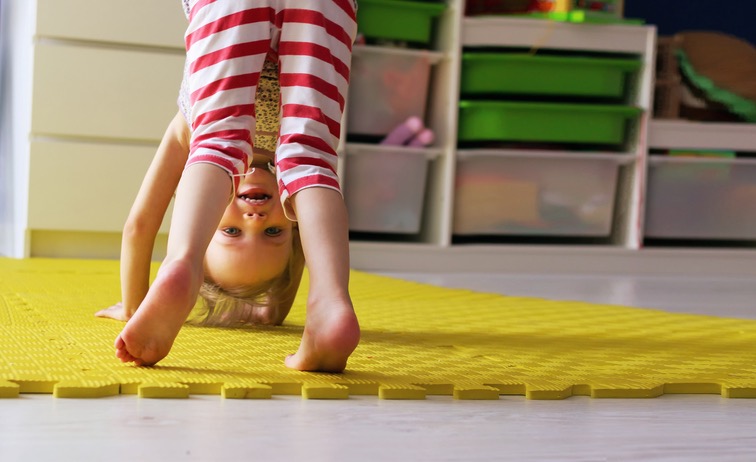
Putting your child in gymnastics is a decision that shouldn’t be taken lightly. Gymnastics affects a young child’s physical development and cognitive development.
1. The Purpose of Gymnastics Classes
When considering a gymnastics program, most people think about back handsprings or spinning around uneven bars. However, that’s not the purpose of gymnastics for young children, especially toddlers. Instead, toddler gymnastics focuses on child development and encourages the development of self-esteem, spatial awareness and self-confidence. It’s important to think about what benefits could be meaningful to your child in particular, and to talk to them about what they might want to get out of taking the classes.
2. Age-Appropriate Classes
Finding an age-appropriate class is vital in keeping little ones safe. At a young age, classes should be based on age rather than development. While a 4-year-old may be more developmentally advanced than a 2-year-old, they’re all still growing and learning to control their body. According to USA Gymnastics, “Preschoolers are commonly placed in a specific gymnastics class by their age, not their ability. Preschool gymnastics directors and teachers develop their curriculum with age-appropriate activities in mind.”
While USA Gymnastics believes children will benefit from gymnastics at any age, they point out that “children develop their fundamental movement skills between the ages of 2 and 5,” making it an ideal starting age.
Benefits of Gymnastics for Toddlers
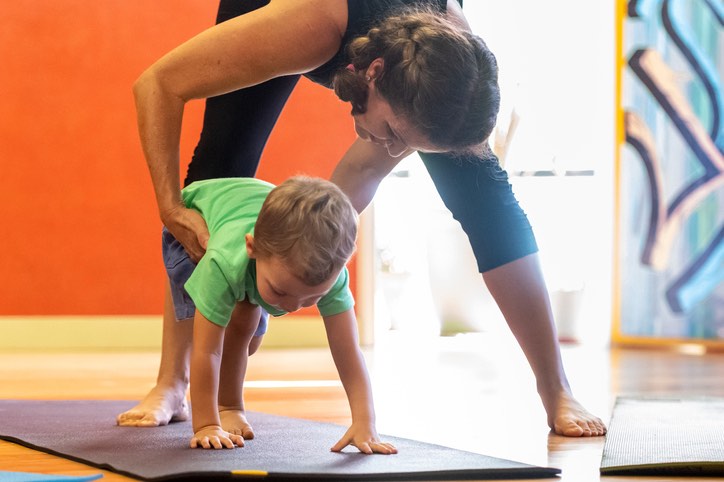
1. Physical Development
Depending on your toddler’s age, you may see changes in their physical development within a few weeks of starting gymnastics, including improvements to their core strength, coordination, and balance. With continued classes, it can encourage hand-eye coordination, visual tracking, and other fine motor skills.
2. Social Skills
USA Gymnastics recognizes that developing healthy social skills is especially important for younger toddlers. “The social skills of sharing, helping others, and listening politely are as important to learn as gymnastics skills. Gymnastics classes are typically youngsters' first experience with a ‘school’ setting. Gymnastics classes for this age group caters to the children's need for social development as well as movement education.”
3. Other Health Benefits
There are always a plethora of mental and physical health benefits when a child moves and gets active. Regular exercise is excellent for preventing certain diseases later in life, such as heart disease, obesity, diabetes, and more. Since gymnastics is a weight-bearing activity, it encourages strong and healthy bones. We naturally lose bone density as we get older, so strong bones may reduce the risk of osteoporosis in the future. In addition, with stronger bones, children could be less likely to break a bone when they fall over in the playground.
From gaining self-confidence to learning to handle failure, gymnastics also encourages emotional resilience. Even the act of a young child mastering a movement on their own for the very first time can be a massive confidence boost.
Risks of Gymnastics for Toddlers
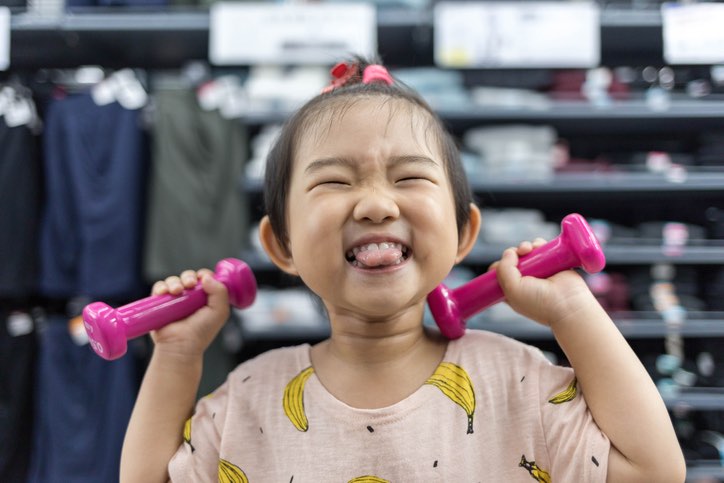
1. Physical Injuries
As with any sport or activity, there are always physical risks. However, many studies call out gymnastics for being one of the riskiest sports, along with ice hockey. According to a study by The Research Institute at Nationwide Children’s Hospital that examined young gymnasts from 6 to 17 years old from 1990 to 2005, an average of 27,000 injuries were reported yearly. While getting hurt is always a risk, that same study found that the risk is highest in older gymnasts performing advanced movements. “Older athletes were more likely to have been injured while doing a difficult skill such as a handspring or flip than younger athletes, and they were about twice as likely to suffer injuries overall as the younger children.”
The study also shows that the number of injuries per year has been declining since 1990, with only 21,500 reported in 2005 as opposed to 28,500 in 1990. This is a good indication that coaches are being proactive in decreasing the risk of injuries and possibly using more effective safety equipment.
2. Stilted Growth
Many people are concerned that gymnastics can have a negative impact on growth by constantly putting pressure on the spine. However, many trainers suggest that it’s not actually the sport that affects growth but rather that those with low stature tend to do better and go further in the sport.
How Often Should Toddlers Attend Gymnastics Classes?
For toddlers, gymnastics programs generally offer classes that are 30 minutes to an hour once a week. Variety is beneficial for a toddler’s development, so spending long hours in the gym at a young age is not recommended.
Is There is a Difference in Physical Development Between Boys and Girls?
Between the large growth stages of infancy and adolescence, girls and boys actually grow in weight and height at about the same gradual yet steady rate. So, both toddler boys and girls should learn the same age-appropriate skills in gymnastics.
So, Is Toddler Gymnastics Good for a Toddler's Physical Development?
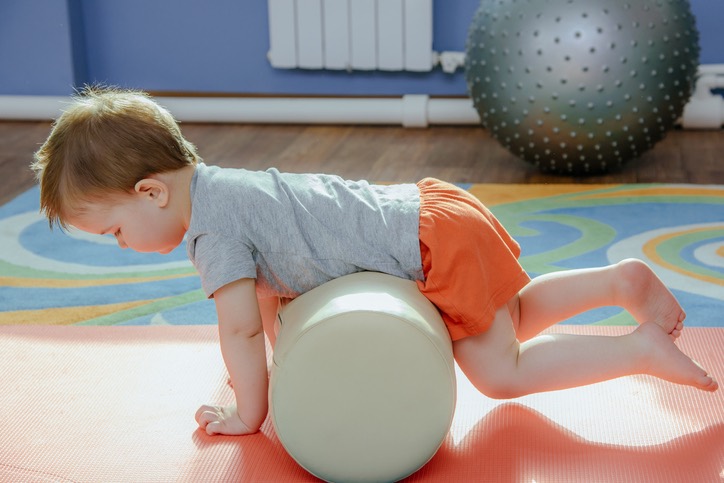
Now we finally get to the question everyone wants to know – is gymnastics good for a toddler’s physical development? The answer from us is yes, we think so! There’s no denying that gymnastics is great for a toddler’s development, as well as a plethora of additional benefits discussed above.
But what about the injury risks? The studies that reference gymnastics injuries include children from ages six and up who are moving on to more challenging moves. To keep toddlers safe, it’s essential to enroll your child in an age-appropriate class with an experienced teacher. The Cleveland Clinic states, “One of the best things you can do to prevent injury is to make sure your kids are well-trained, exhibiting proper technique, and are strong and flexible enough to be performing the movements required.”
So, whether you ultimately want your child to be an olympic athlete or are just hoping to encourage activity that doesn’t include a screen, toddlers should focus on body awareness and coordination instead of training on advanced equipment or learning special elements. Not only will this help your toddler now, but focusing on the basics will also help to prevent injury in the future if your child continues in gymnastics. You’ll also see an increase in your toddler’s flexibility, which also helps to decrease the chance of injuries.
However, it’s important to note that many activities encourage physical development in toddlers other than gymnastics! So if gymnastics isn’t for you or your toddler, there are plenty of other things you can try! Gymnastics classes are also often expensive and there are plenty of ways you can encourage the development of your child’s gross motor skills from the comfort of your own home.

